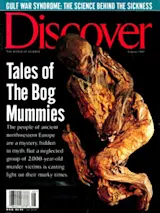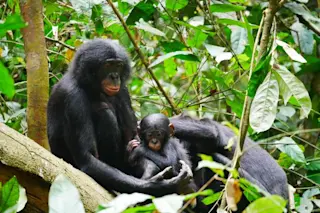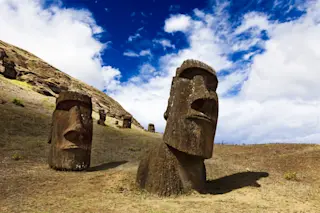In 1835 Danish ditchdiggers found the body of a woman in a peat bog, pinned down under wooden stakes. Her watery burial place was known locally as Gundhilde’s bog, after a legendary eighth-century Viking queen. Gundhilde, according to the tale, was on her way to marry the Danish king Harald Bluetooth when she was waylaid and drowned. Historians concluded they had found Queen Gundhilde’s body. The reigning Danish king, Frederick VI, was so impressed with the story that he arranged to have her buried in a royal coffin in a church in nearby Vejle, the ancient royal seat.
Actually the queen was considerably older than thought, and probably somewhat less than royal. More than a hundred years after her discovery, during World War II, coal shortages made peat--which, after all, is simply very young coal--a valuable fuel source, and the people of northwestern Europe began tearing up their bogs. But ...














